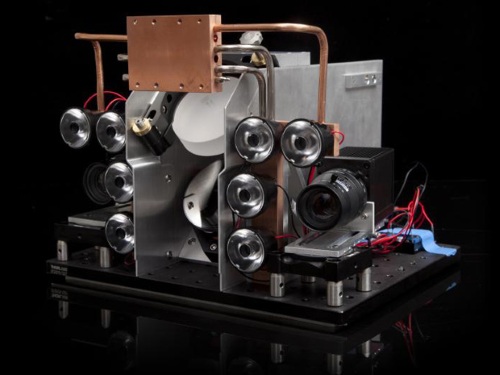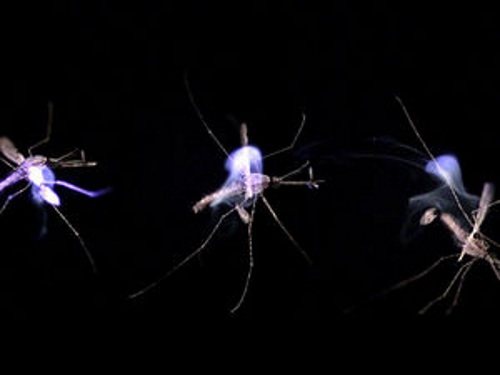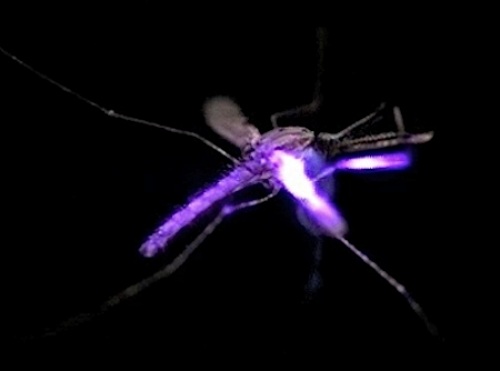After years of development, a seek-and-destroy laser bug zapper has finally taken its first real step to market, as patent-holding giant Intellectual Ventures has officially licensed the manufacturing of the system to Lighting Science Group, a Melbourne, Florida-based LED manufacturer.

The idea behind the zapper is not so much to annihilate large swaths of insects with DARPA-esque laser beams, but rather, to fence them out of an area of land.
“Think of the mosquitoes in an area as an infinite reservoir,” Maurizio Vecchione, a senior vice president at Intellectual Ventures, told IEEE Spectrum. “A photonic fence is a radically different way of thinking of this problem: Now we have a realistic way of creating a mosquito-free area. Malaria has been eradicated in many areas not by eliminating every mosquito but by reducing the biting rate — if we could take wet-season biting rate to a dry-season level, we could make a major dent in that community’s malaria incidence.”
So, how exactly does one go about zapping an insect with a laser beam? First thing you do is track it. And this needs to be super accurate because the laser beam is only 2 to 6 millimeters wide. The ideal range, in this case, is between 25 and 100 meters. This way, the bug’s not so far away that it can’t be hit with the laser, and not so close that the laser beam needs to be steered quickly and repositioned in accordance with where the bug has flown.

Now, while it’s possible to use the same system to track and kill the insect, it’s much easier (and more accurate) to use two beams — one, an infrared, for the purpose of tracking, and the other a 3-watt, 532-nanometer-wavelength green laser to exterminate. When fired, the beam will pulse for just 25 milliseconds so as to not blind the system.
Altogether, the power of the beam and the shortness with which it’s fired isn’t enough to vaporize the insect, but enough to kill it on the spot.

“We cooked the bug with a lot lower power than we had thought possible,” says Arty Makagon, an electrical engineer who’s leading the research efforts.

Looking ahead, the group is considering changing the colors of the laser. The reason being is green is a noticeable color, and this can make it an attractive item to steal. The option they might go with instead is an invisible infrared light. A mosquito’s body doesn’t absorb this beam as well, but that doesn’t seem to matter in early tests.
“We did a bunch of experiments with a 1-micron beam, and we expected the effect to be an order of magnitude worse, but no,” Makagon says. “We needed 12 W, less than half an order of magnitude less. Maybe that’s the desirable way to go.”
The systems are being designed as stand-alone items — they’ll use batteries to store power gathered by solar panels. For now, all work is being done inside a lab, and the system has not been exposed to a real world environment (yet).
See the laser bug zapper in action via the video below:
Via IEEE
Advertisement
Learn more about Electronic Products Magazine





